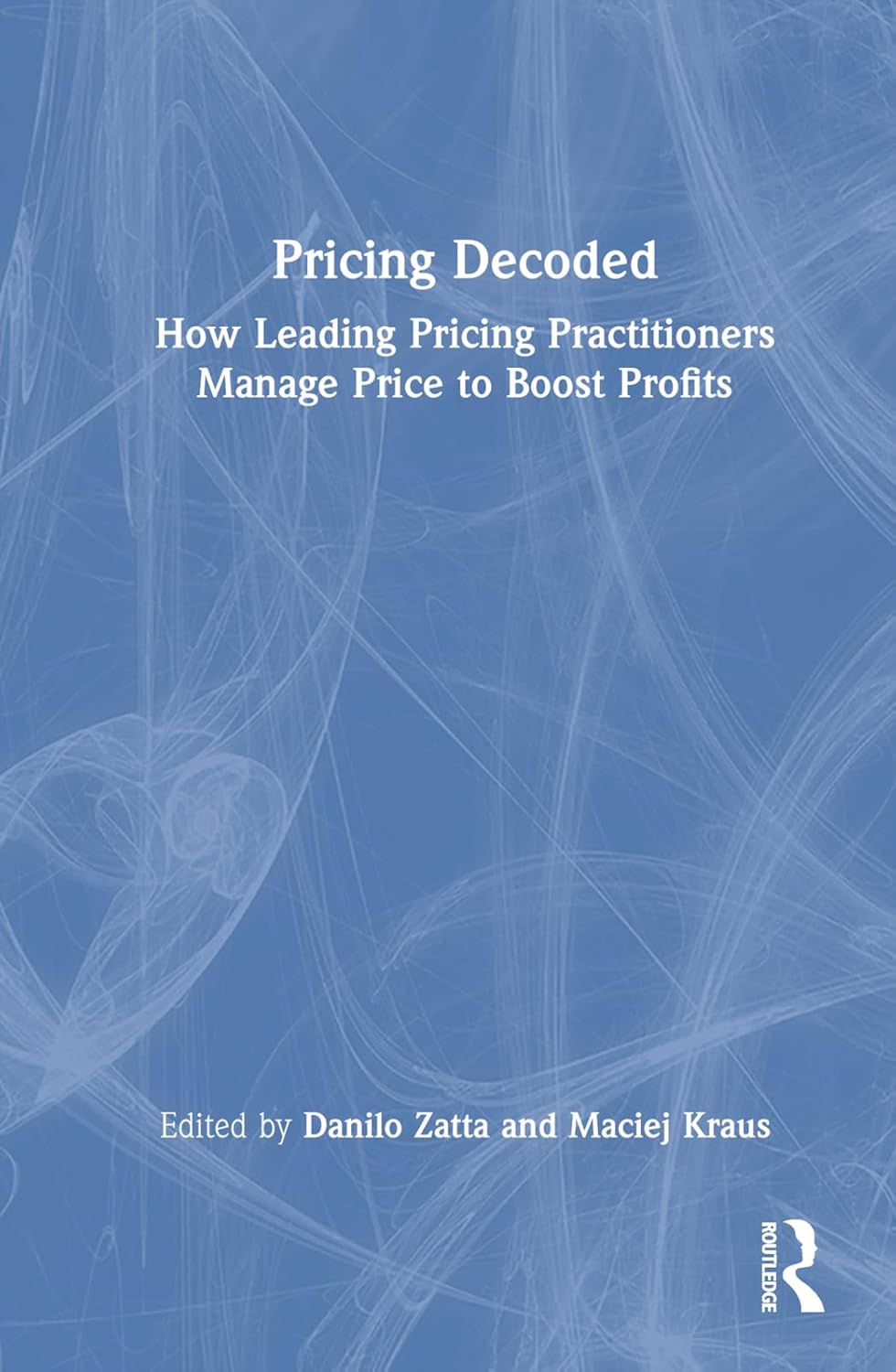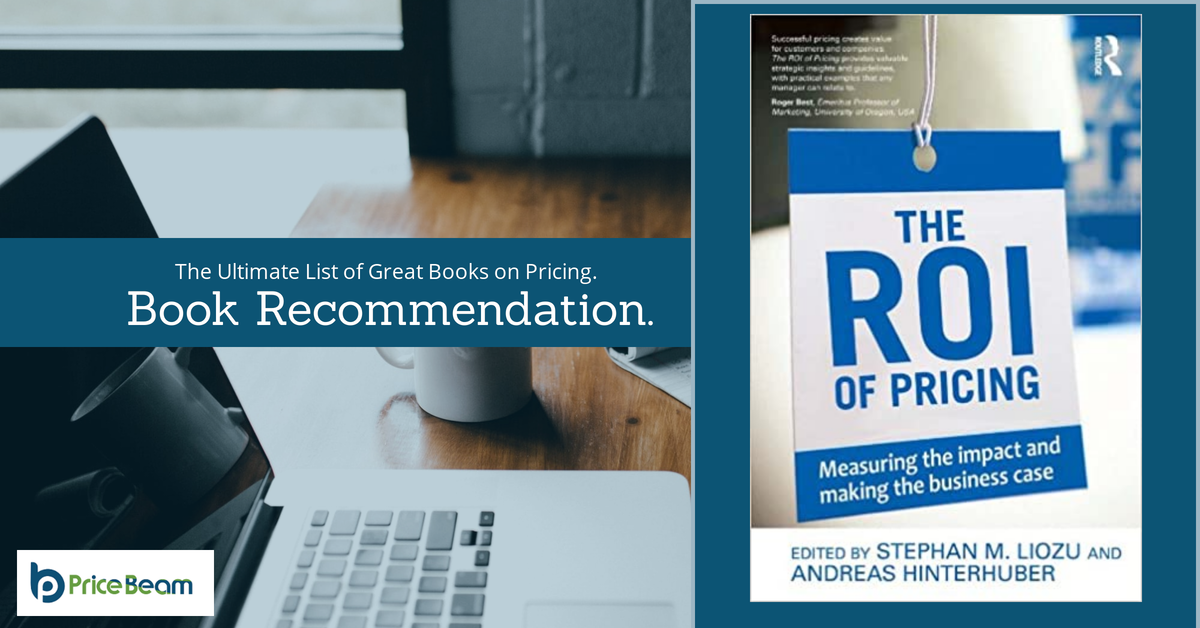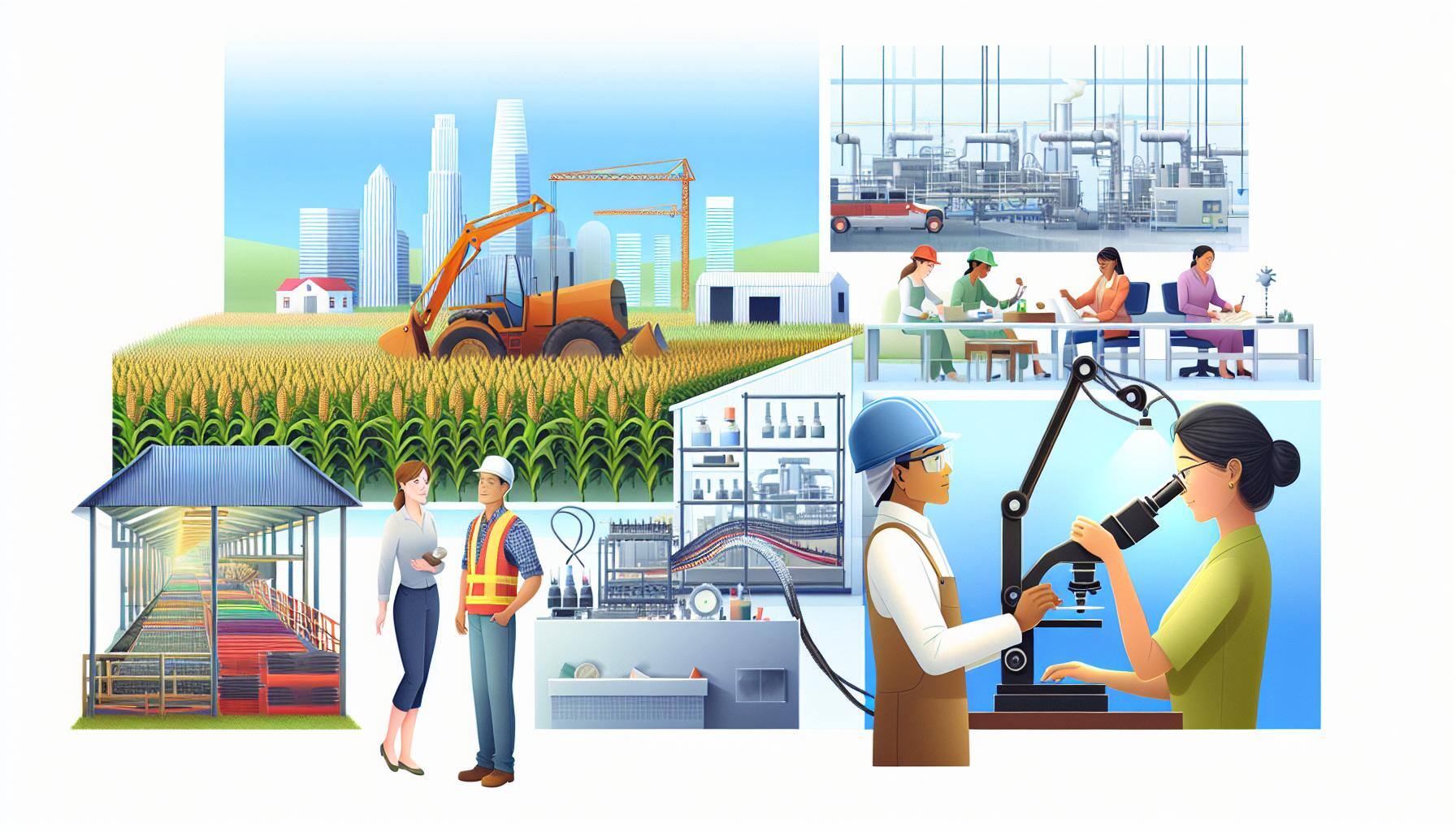3 Myths About Dynamic Pricing
 PriceBeam
·
2 minute read
PriceBeam
·
2 minute read

By now, most people are familiar with Uber’s infamous “surge pricing” where passengers are charged a higher fee when demand is higher, e.g. after a sports event when everyone is hailing an Uber to go home. Dynamic pricing practices such as this also become increasingly visible in other areas, particularly on web shops, but also with brick-and-mortar retailers. There are loads of reasons why dynamic pricing is on the rise -- it really is the smart thing to do, business wise. But as dynamic pricing is becoming increasingly prominent, it is also triggering a wave of negative attention from various media. This is rarely justified, however, as it is based on some common myths about this pricing strategy.
Myth #1: It’s All About Squeezing the Consumer
Granted, businesses do profit from dynamic pricing practices. Otherwise, they would not use it. But dynamic pricing is not all about getting more money from the customer.
The misconception arises because dynamic pricing often involves sophisticated analyses of willingness to pay data that is then used to set prices accordingly. However, not only has companies done this as far as anyone can remember -- a bottle of coke costs a fortune at a beach bar while you can get it for one buck at the supermarket -- but also, dynamic pricing simply adjusts prices so that those who can afford to pay more pay the higher price, while those who cannot afford the price pay less. And so, while customers with a high willingness to pay will end up paying a higher price, dynamic pricing affords low-income segments the opportunity to consume said product. To reiterate, while dynamic pricing makes perfect business sense and does have a positive impact on the bottom line, it also distributes the “price burden” more fairly, as with Uber’s new pricing model where the new dynamic pricing model actually lowered the fares of UberPool.
Myth #2: Dynamic Pricing is Unethical
Hostile tongues have speculated that it is only a matter of time before priests and therapists will raise prices after a terrorist attack, or obese people will be charged more for food delivery. However, this is irretrievably untrue. Just as with any other business decision, companies have an interest in evaluating the ethics involved, and the few companies that have tried using unethical pricing practices have been punished hard by the consumers, and some even by the legal system. When Pepsi experimented with increasing prices in their vending machines on a hot day, the consumers roared. Imagine the reaction if companies started using much more sensitive customer data, such as weight, family illness or period cycles to surge price products and services; those who would dare to do that would learn the hard way to apply a higher standard of ethics.
Myth #3: Dynamic Pricing Won’t Benefit the Consumer at All
As stated above, dynamic pricing is good for business. But just because the pricing becomes more sophisticated, it doesn’t mean that companies won’t still have to compete. What it does mean is that it makes the price a less important factor in this competition, but instead, companies will have to remain competitive through providing value. The profits they generate will be invested into activities and features that the consumer values, making much better products and services available to them. The profit that these companies make doesn’t go directly into a black hole or the pocket of the CEO, as some media suggest. The competitive market forces won’t allow that and so, it is reinvested to make even greater products and services available to the consumer. It is, indeed, in everyone’s interest to keep companies sustainable so they can build up expertise over time and use this expertise to innovate and make technological progress. Otherwise, it would just be a race to the bottom where only those who provide a service that is “just good enough” will win, while those providing amazing value are forced out of the market.
.png?width=400&height=100&name=PBLogoTransparent%20(1).png)



